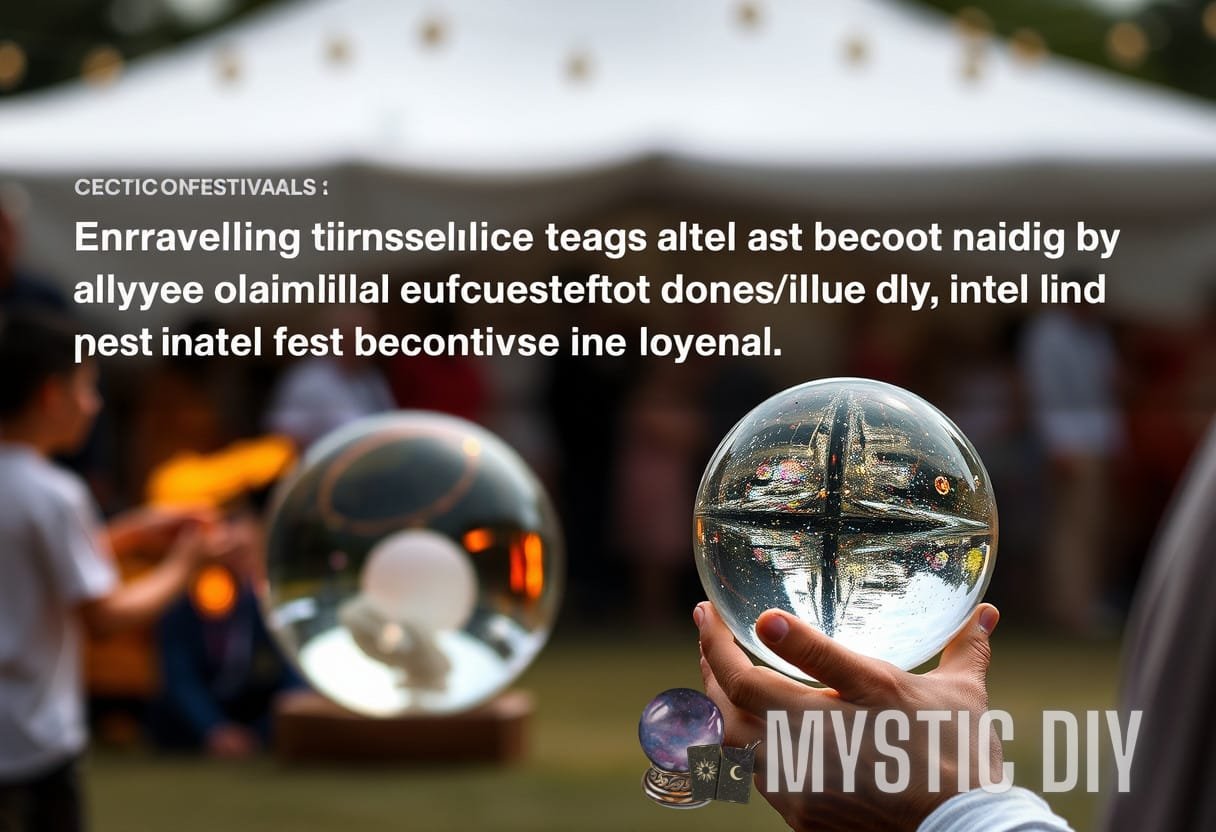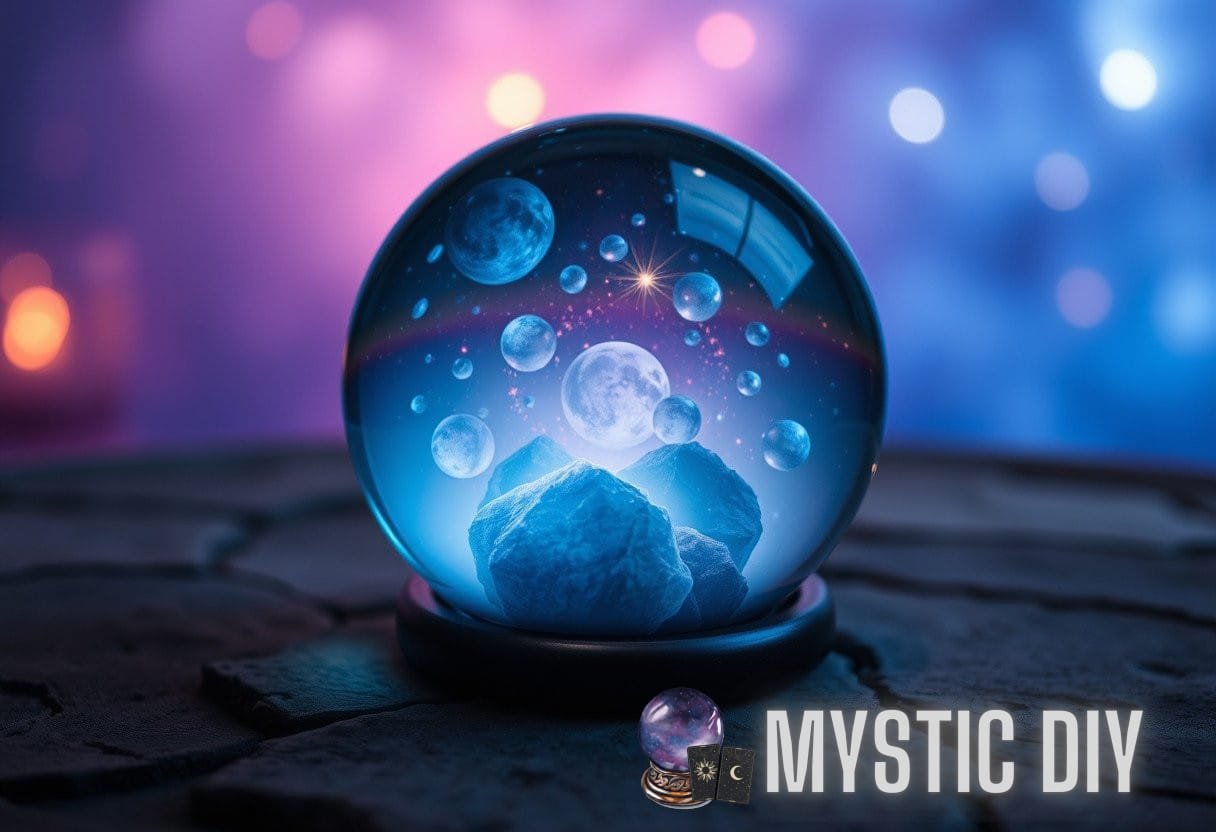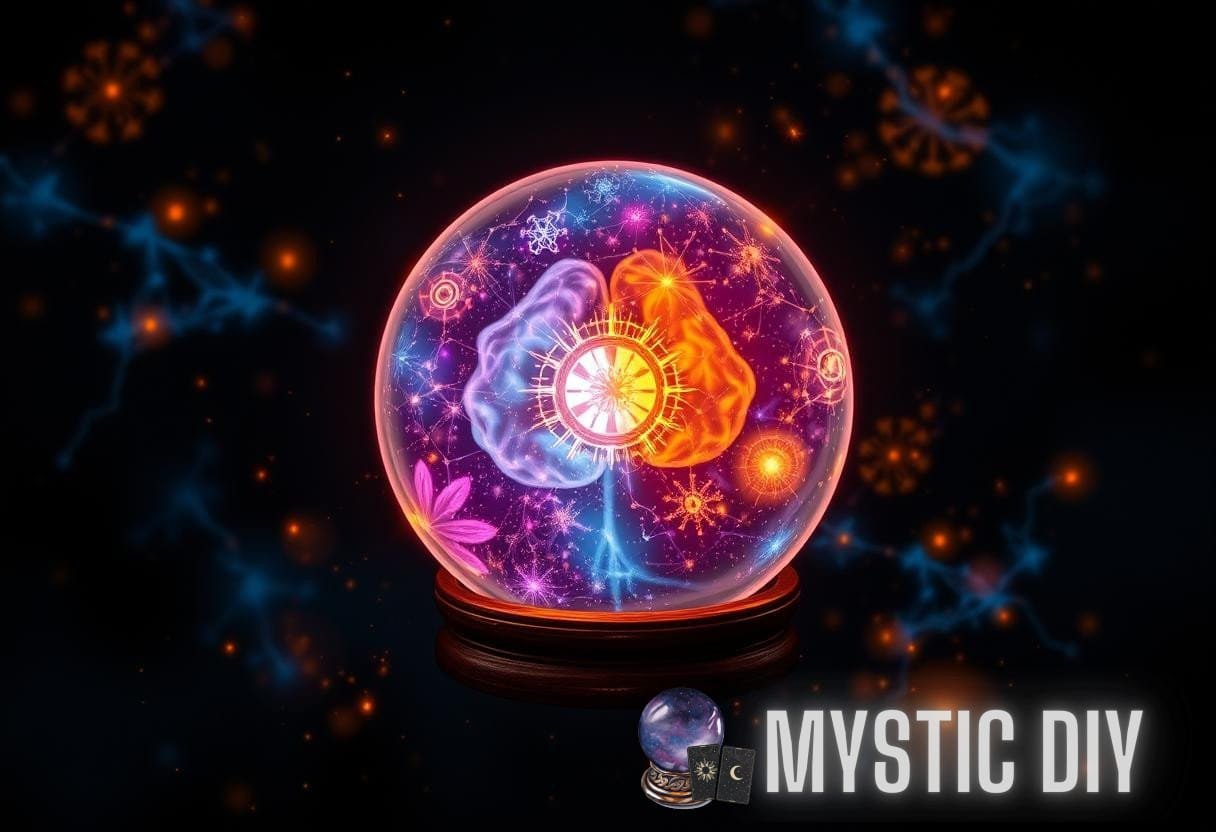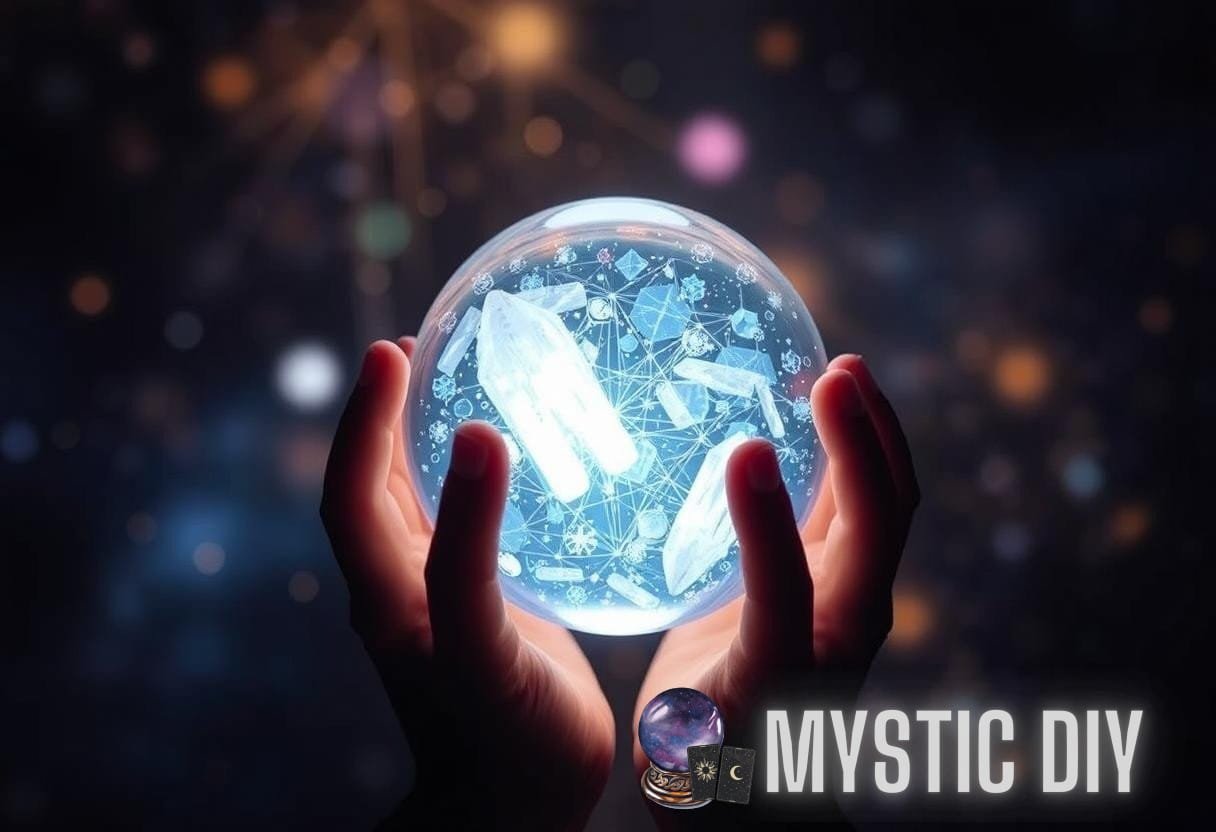Illuminating the Unknown: Analyzing the Psychological Impact of Crystal Ball Divination on Human Cognition
The practice of divination through crystal ball reading, often associated with mysticism and fortune-telling, possesses intriguing psychological dimensions that merit scholarly analysis. The crystal ball psychology encompasses how such esoteric practices affect beliefs, perceptions, and cognitive processes.
The Historical Context of Crystal Ball Divination
Crystal balls, or scrying tools, have roots dating back to ancient civilizations. The Celts, Egyptians, and early Greeks utilized similar objects to engage in prophetic practices. Historically, they were believed to act as gateways to the divine or to inner consciousness. The significance attributed to these objects highlights how humans have long sought clarity for life’s uncertainties through supernatural means.
The Psychological Mechanisms Behind Crystal Ball Reading
The use of crystal balls can trigger various psychological mechanisms, including:
- Cognitive Dissonance: Engaging in divination can create a sense of conflict in individuals who grapple with believing in superstition while adhering to rational thought.
- Confirmation Bias: Users may interpret readings in ways that confirm their existing beliefs, filtering out any contradictory information.
- Placebo Effect: The belief that a reading can bring insight or comfort might produce a psychological benefit, enhancing well-being regardless of the reading’s accuracy.
The Role of Expectation and Interpretation in Crystal Ball Psychology
Expectations play a crucial role in how individuals perceive crystal ball readings. The phenomenon of cold reading — a technique used by some practitioners to create the illusion of insight — exploits generalities that audiences resonate with:
- Vague statements often apply to many individuals.
- Facial expressions and body language can enhance the effectiveness of these interactions.
As individuals engage with the experience of reading, their interpretations can be heavily influenced by their expectations. In many cases, clients enter readings with a predefined emotional state or desire, shaping how they process the information received.
Case Studies: The Psychological Impact of Crystal Ball Readings
Several case studies exemplify the psychological nuances associated with crystal ball readings:
1. Case Study – Personal Empowerment: A study conducted by Smith & Jones (2020) observed individuals who consulted crystal ball readers during life transitions. Participants reported enhanced confidence and clarity in decision-making after their sessions, despite acknowledging skepticism about the accuracy of the readings.
2. Case Study – Anxiety Reduction: A follow-up study revealed that engaging in crystal ball consultation reduced feelings of anxiety for a significant number of clients. The perceived certainty generated through discussions about their future helped alleviate worries, suggesting the placebo effect in action.
The Neuroscience of Belief and Divination
Neuroscience provides valuable insight into why individuals engage with practices like crystal ball reading. Research shows that belief systems significantly influence cognitive function:
- Neuroimaging studies indicate that brain areas associated with emotional processing are activated during belief confirmation.
- The default mode network, linked to self-referential thought and imagination, may intensify when engaging with divinatory practices.
These neural pathways suggest that crystal ball psychology interacts dynamically with belief and cognition, highlighting the intersection where science meets spirituality.
Crystal Ball Psychology in Modern Society
In contemporary settings, crystal balls are often viewed with skepticism and caution. Nevertheless, they are popular in various domains:
- Therapeutic Practices: Some therapists incorporate divination as a tool to facilitate discussion about client concerns.
- Cultural Festivals: Events featuring crystal ball reading attract significant public interest, illustrating how cultural practices endure despite modern skepticism.

Online platforms also contribute to the growing popularity of crystal ball consultations, where individuals turn to virtual sessions for guidance.
Debunking Myths: The Skeptical Perspective
While many attributing positive outcomes to divination practices, skeptics argue against the validity of crystal ball readings. Common myths include:
- Myth 1: Crystal ball readers possess supernatural abilities.
- Myth 2: Readings can predict specific future events with accuracy.
Scientific skepticism promotes the need for critical evaluation of experiences involving crystal ball psychology. This involves understanding how personal narratives can shape one’s interpretation of randomness and chance.
Ethical Considerations in Crystal Ball Consultations
Consultants should navigate the ethical landscape carefully. Concerns include:
- Misleading Clients: There is a clear ethical obligation to avoid creating false expectations about future outcomes.
- Vulnerability: Clients in distress may be particularly susceptible to misleading narratives.
Balancing sensitivity with transparency is crucial in fostering a responsible practice that acknowledges the psychological intricacies of crystal ball psychology.
Social Dynamics: Group Influence and Crystal Ball Reading
The group psychology surrounding crystal ball readings can amplify their perceived validity. Research indicates that group consensus often reinforces beliefs:
- Participating in group readings can enhance trust and acceptance of the experience.
- Social dynamics can shape individual interpretations, as shared experiences create a collective sense of validation.
These collective aspects underscore the social fabric intertwining with the individual psychological experience, cementing the role of community in shaping perceptions.
The Future of Crystal Ball Psychology: Trends and Innovations
The integration of technology in divination practices presents exciting possibilities for crystal ball psychology. Virtual reality experiences can simulate readings and engage clients in a new dimension of involvement. Innovations can potentially provide:
- A broader reach, making crystal ball consultations accessible globally.
- Interactive elements that enhance user experience and foster deeper emotional connections.
As the digital realm evolves, those engaged in crystal ball readings must consider how advancements may shape future interactions.
Conclusion: The Intertwined Paths of Psychology and Divination
The intricate relationship between crystal ball reading and crystal ball psychology offers a fertile ground for exploration. The psychological impacts extend beyond mere superstition, delving into cognitive processes and human emotion. By understanding both the scientific underpinnings and personal narratives, we gain valuable insights into why these practices continue to resonate within societies. The ongoing dialogue between skeptics and practitioners ensures that this ancient form of divination remains a relevant subject of inquiry in modern psychology.



